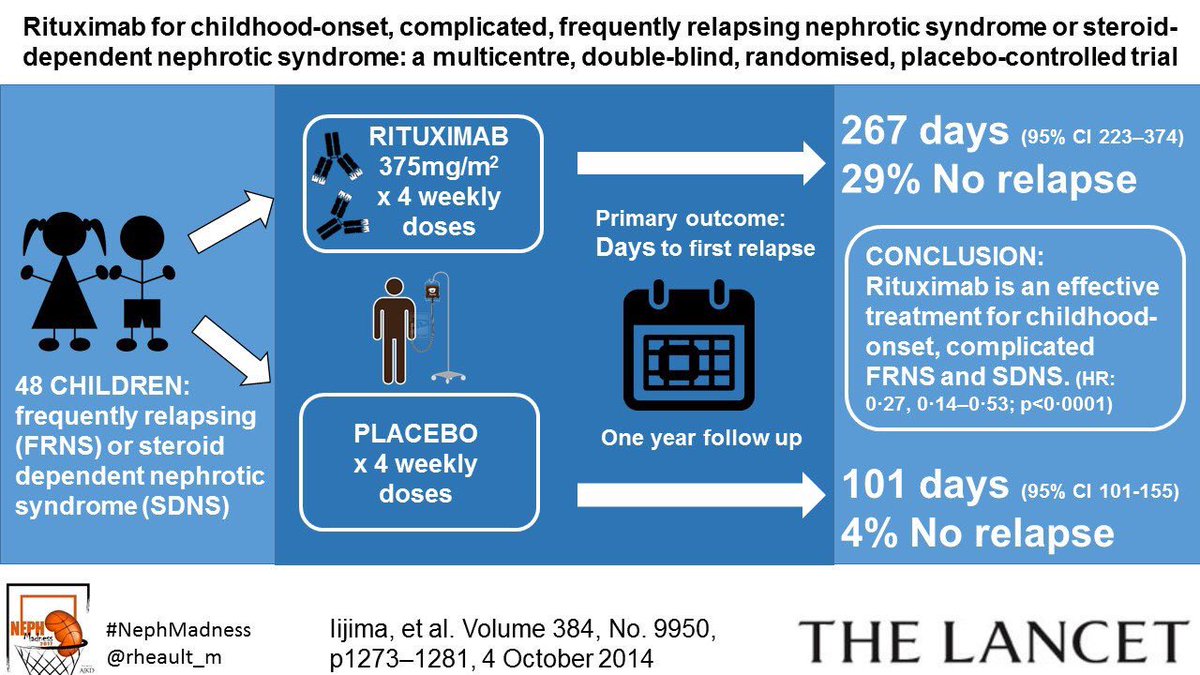Visual abstracts have flooded the social media world in the
last few months. Where did this come from and how does it impact nephrology
sharing of knowledge?
Looking back I found that these existed for many years in Chemistry
journals –also called graphical abstracts.
Visual or graphical abstracts are visual elements that are clearly and
in short figure formed conveying the main message of the research( or review)
paper. They are self explanatory and
together with the title of the paper convey the main message of the article.
Given the current attention spans of readers being short and many learners being “visual”, this method can be quite effective. Journals in
medicine are trying to play with this concept for their specific fields.
Dr. Andrew Ibrahim(https://www.surgeryredesign.com/)
, creative director of Annals of Surgery began this revolution in Medicine. As
per a twitter chat, he mentioned “ We pitched this idea to the editors of
Annals of Surgery and they loved it. It was clear in June 2016 that it
disseminated faster. This led to a case control cross over of 44 articles
between July and Dec 2016 and results are preliminary results are promising. The articles got read three times more if they
had a visual abstract!! Once in Dec 2016, I shared my primer, there are around
20 other journals doing this.”
In the world of Nephrology, Joel Topf took on this venture
for Nephjc.com and visual abstracts appeared for the first time in renal world
at recent journals club in Fall
of 2016.

Following that, the #nephmadness 2017 has featured many visual
abstracts, some pasted below

To top it all, CJASN
is the first renal journal to enter in the visual abstract world. Great
start and totally amazing to have a renal journal embrace this!
Here is an image showing early leaders of visual abstracts
( courtesy Andrew)
Few that I have done
How to create them? Check
out this primer by Andrew
You can create both static and animated abstracts- both can be very important in relaying your message. I would
urge all educators to try this out.
This could make fellowship journal club more fascinating. Make your
residents/fellows create them. All researchers should simplify their ideas using
such techniques. All medicine journals should strongly consider this modality.
A new wave of presenting research has arrived- #visual abstracts!
A new wave of presenting research has arrived- #visual abstracts!










ReplyDeleteNice blog post.
This comment has been removed by a blog administrator.
ReplyDeleteThis comment has been removed by a blog administrator.
ReplyDeleteThis comment has been removed by a blog administrator.
ReplyDeleteThis comment has been removed by a blog administrator.
ReplyDeleteThis comment has been removed by a blog administrator.
ReplyDeleteThis comment has been removed by a blog administrator.
ReplyDeleteThis comment has been removed by a blog administrator.
ReplyDelete